With dashcams getting cheaper and cheaper, some buyers don’t really look too much into the device’s build quality and durability. Most of the cheaper cameras do indeed use sub–par hardware and no real heat dissipation technology, thus they can die any day due to overheating.
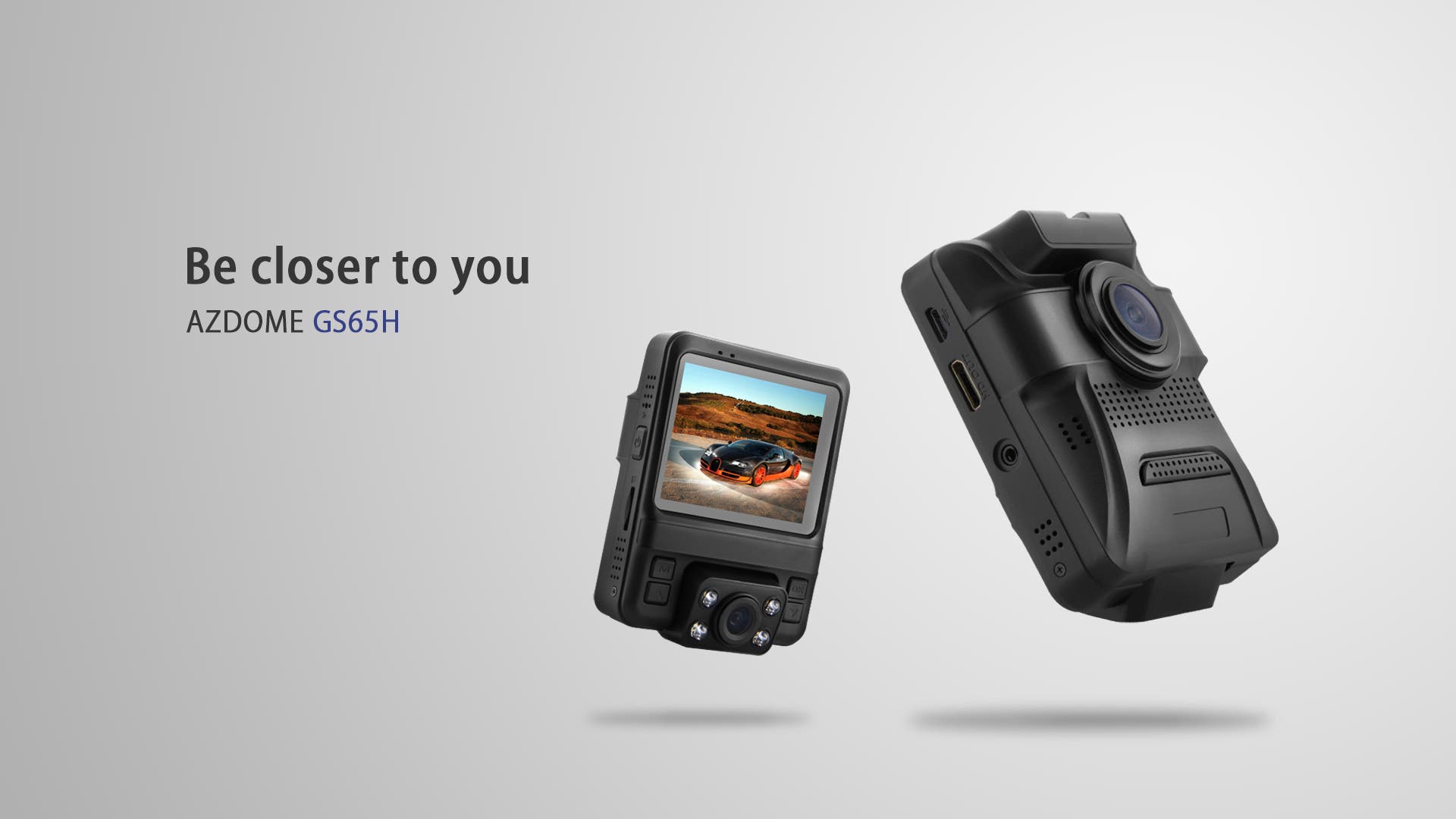
Azdome knows this and that’s why they provided their latest Azdome GS65H car dashcam with a special heat dissipation design to keep it cool even in the warmest days. But that’s not the only unique feature about the GS65H, the dashcam does also come with an innovative dual camera setup.
With the powerful Novatek96655 chip and Sony IMX323 image sensor the camera is indeed able to record 1920*1080P/30fps videos in single camera mode, and 1440*1080i+720P in dual camera mode. Besides, it supports MicroSD cards up to 64GB and multi-language menus including Polish and Russian.
Gizchina News of the week
Going more in depth with the heat dissipation design, we learn that the Azdome GS65H has heat emission holes on both sides of the dashcam and around the front camera. These heat emission holes will effectively transfer the internal heat to the outside, which is essential as you’ll have two cameras working at the same time, thus slightly above average heat production. The emission holes will be fixing all of that and make it cooler than any other less advanced camera on the market.
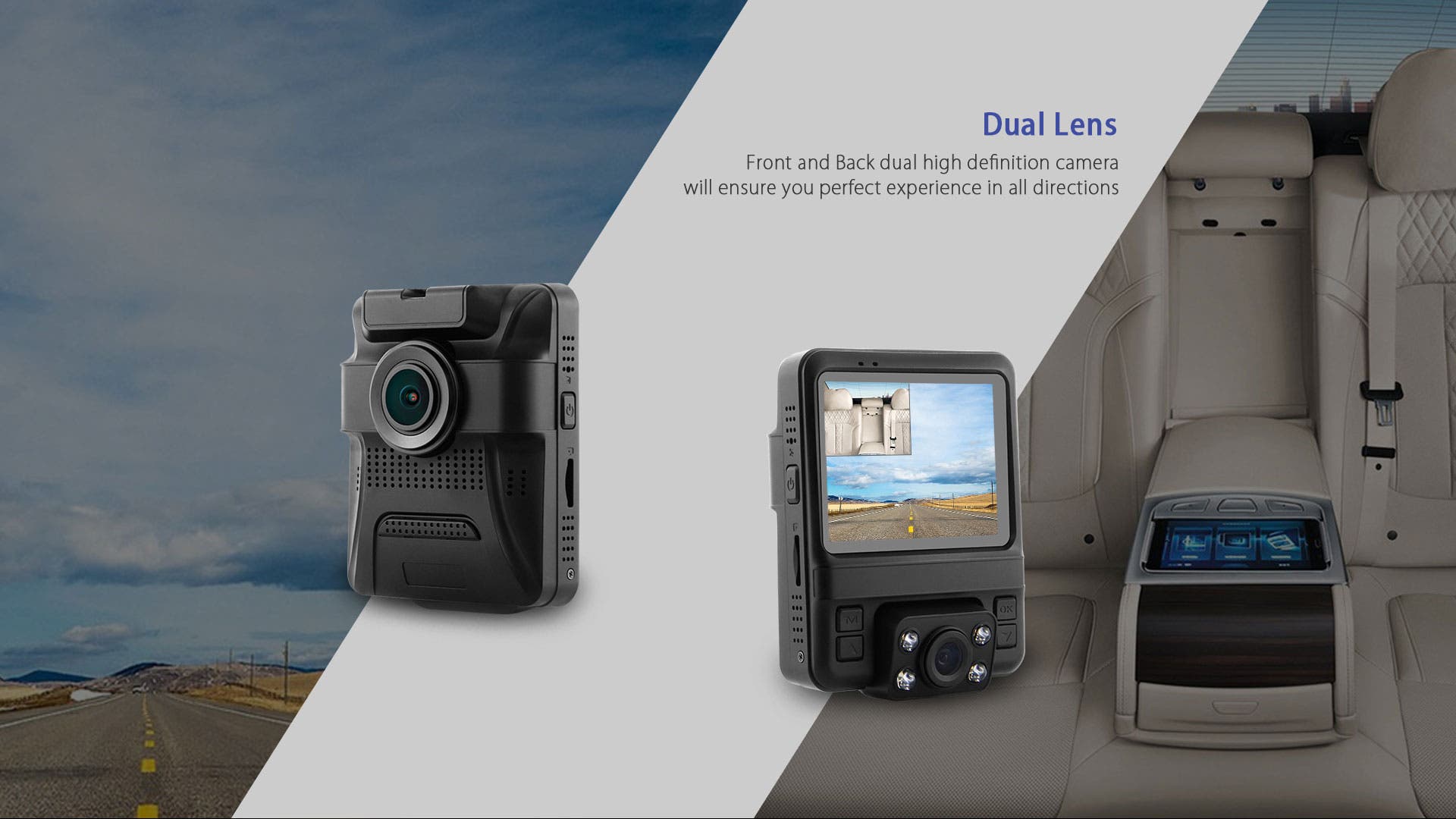
You can learn more about Azdome GS65H over on the official website.

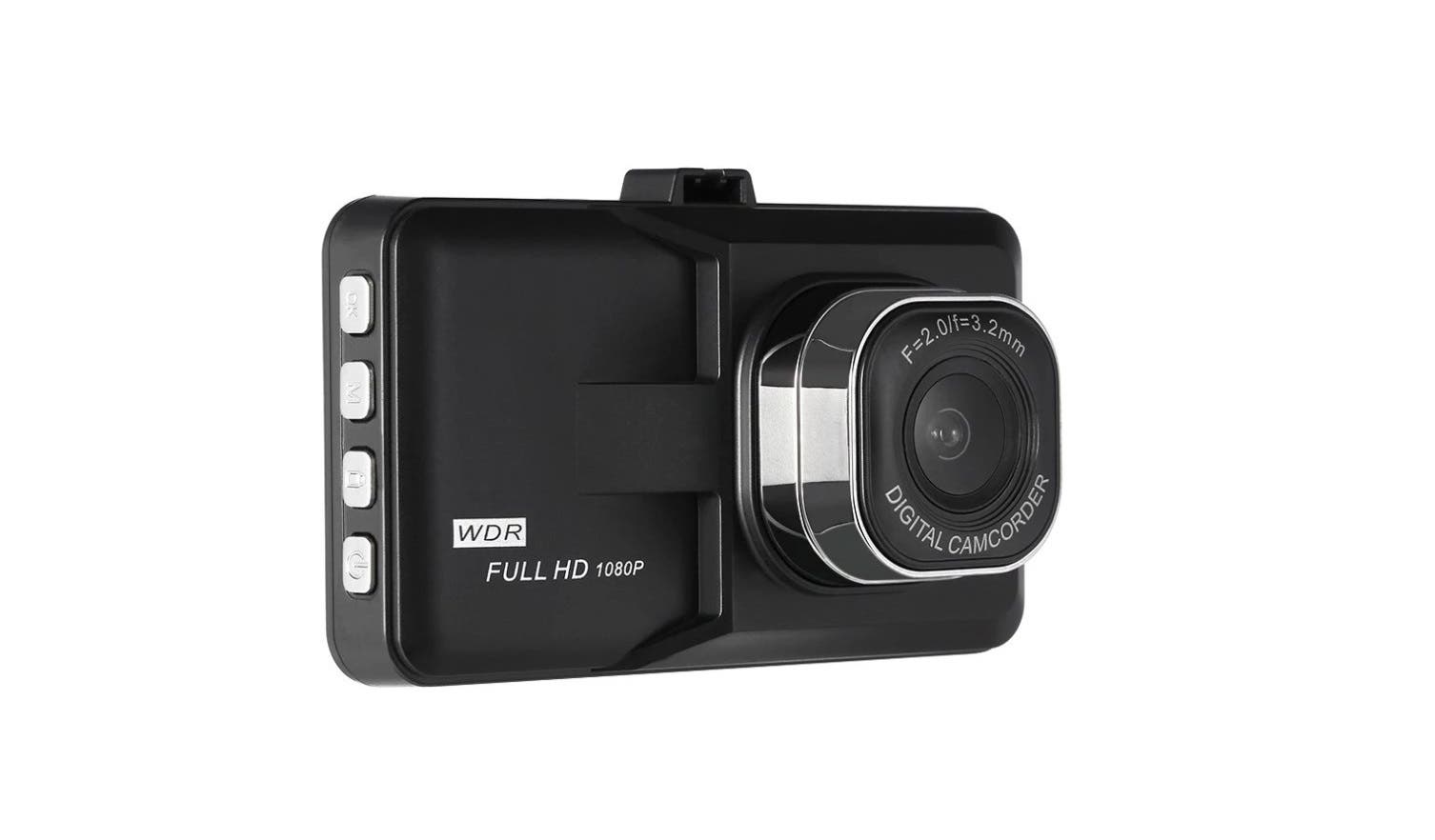

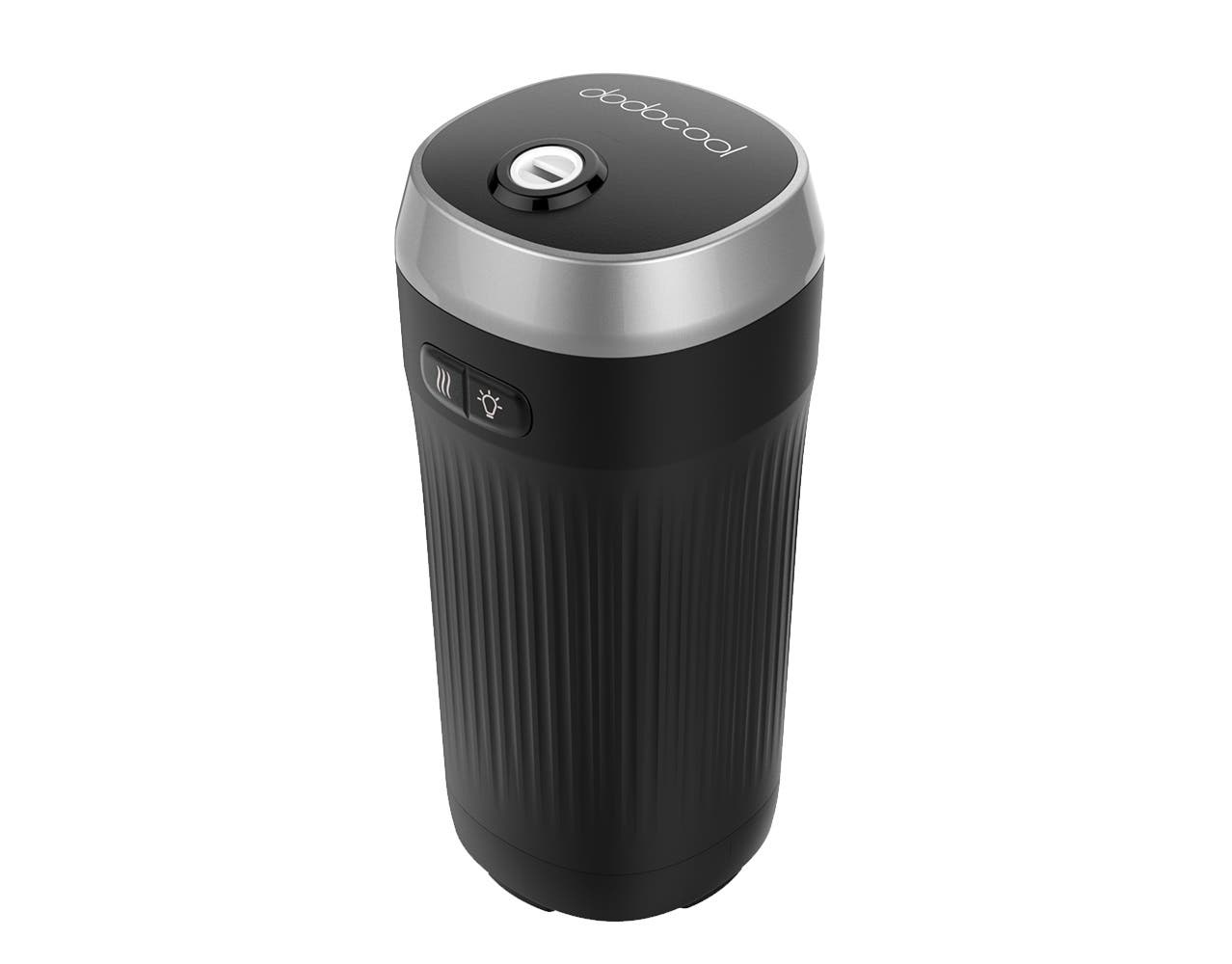
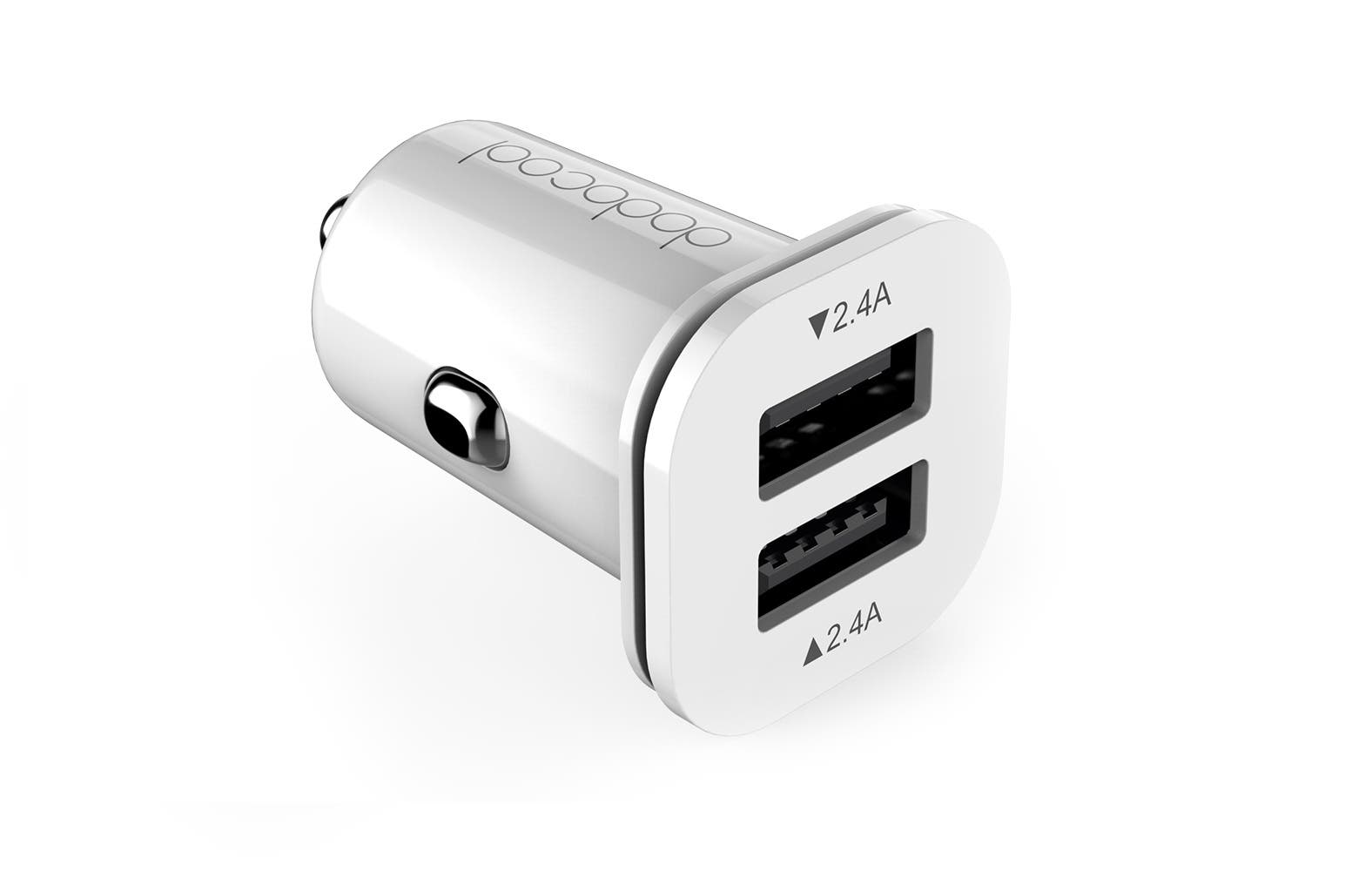
Azdome has great products but I think if they want to be more interesting and attractive for European customers they should add more features in ADAS technology, a radar (Lidar does not work properly with fog and it is very expensive, for that reason a radar with a cam is a better choice) that warn you when you are about to have an accident (it can take into consideration the speed of your car and the car you have in front) or when you leave the lane in a motorway by mistake (in continuous line). Obviously you have to try and test it not only in China, because the roads are different in Europe and in the USA.